Caving, that science whose objective is to promote the exploration of caves and many other types of subway cavities, is also a very interesting leisure activity. Venture to discover the subway world of the Picos de Europa with our specialized guides.
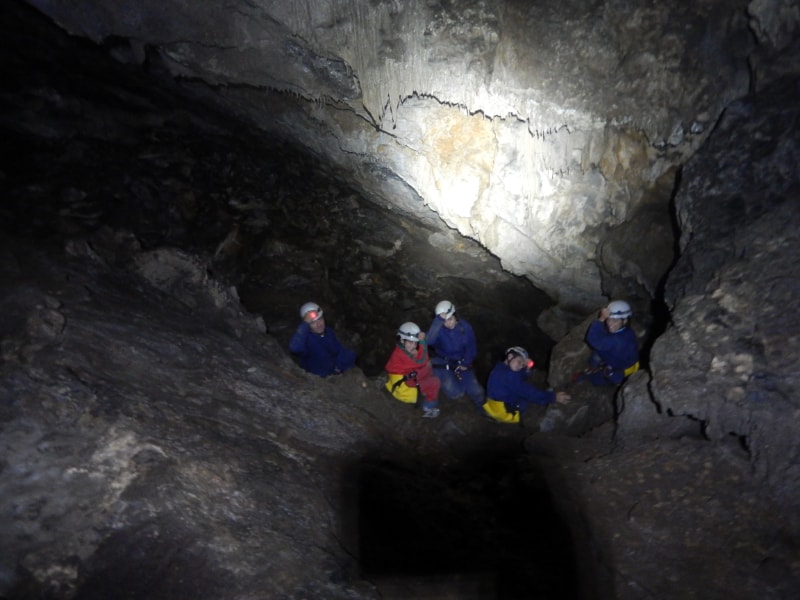
Exploring the subway landscape
The Picos de Europa in Leon have an exceptional and practically unknown subway landscape, in fact it is one of the best places in Spain to practice it.
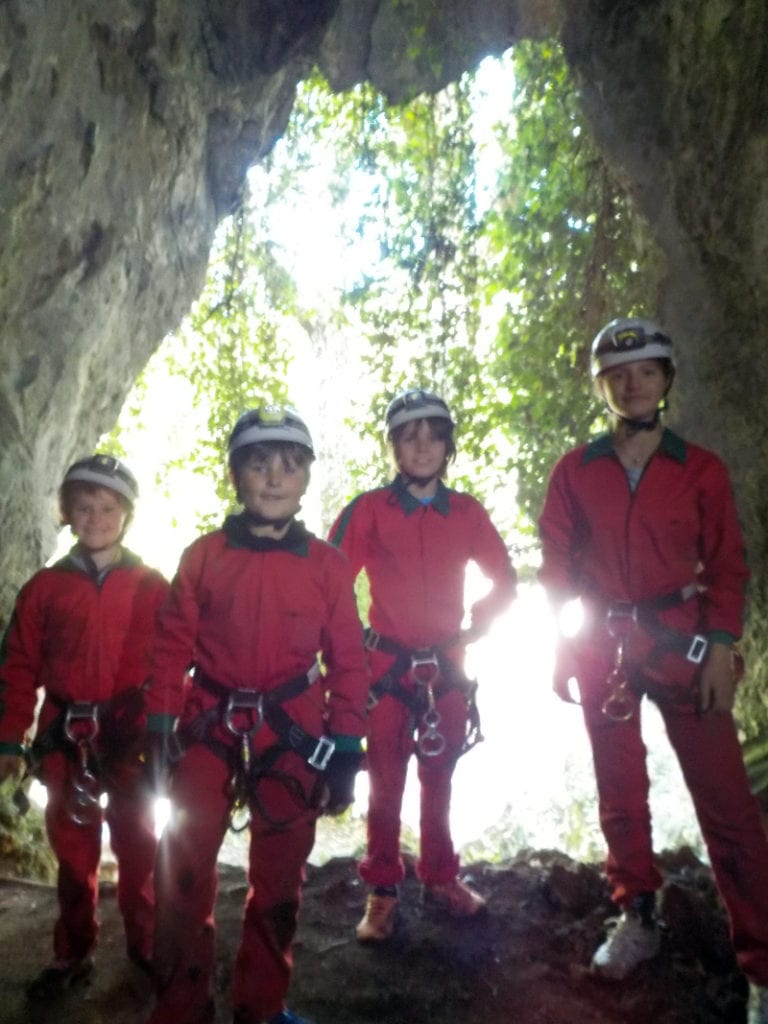
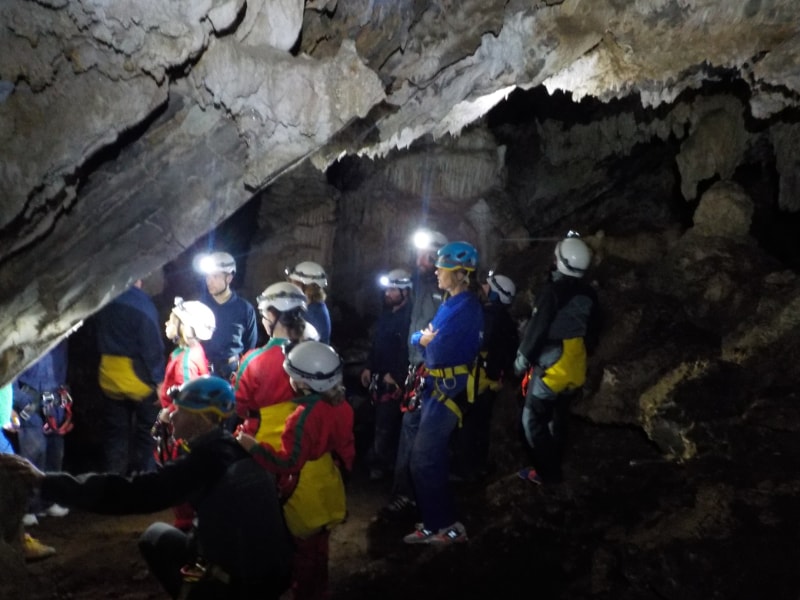
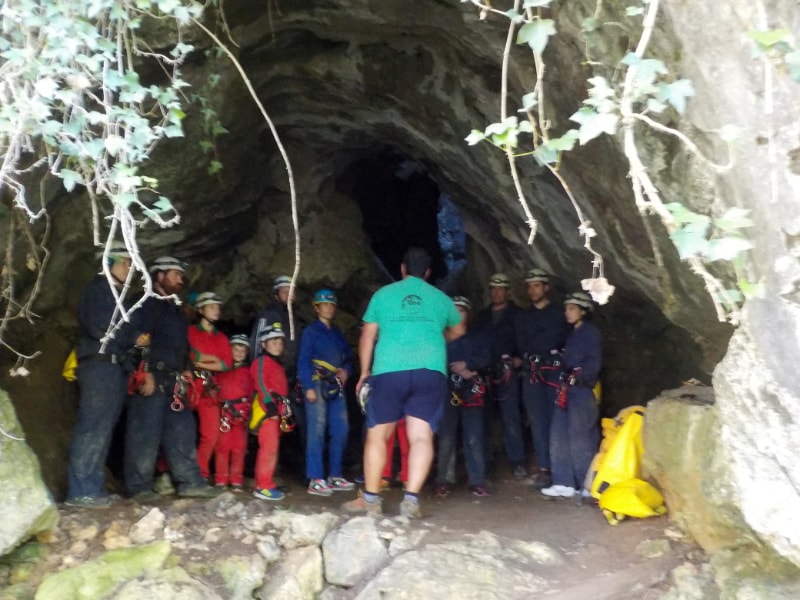
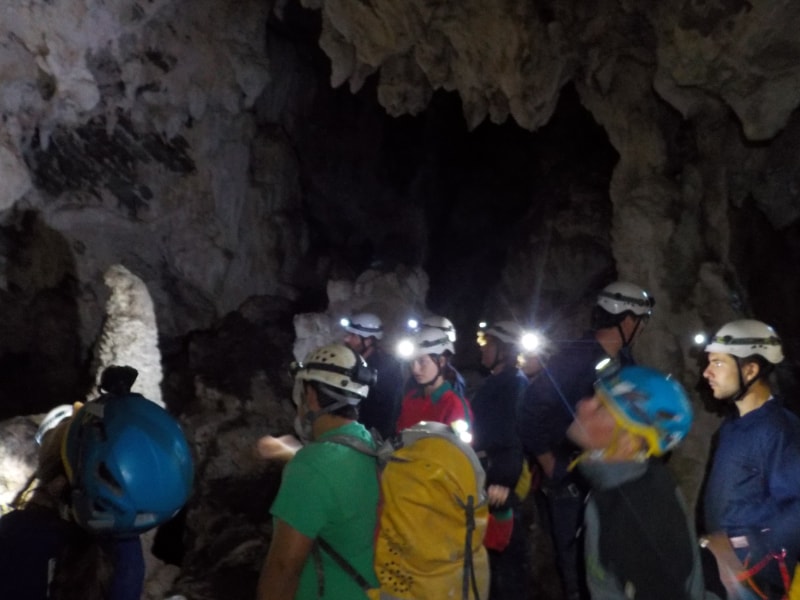

Speleologists have discovered more than 400 km of caves that include 14% of the world’s deepest chasms.
How were the caves formed in Picos de Europa?
More than 30 million years ago, thanks to the collision of the Iberian and European plates, the relief was uplifted. The rivers did a great job eroding the terrain little by little, forming beautiful valleys that divide the Picos de Europa National Park into three massifs.
If we compare the river with the rock, the river always wins, not because of its strength, but because of perseverance. (Buda)
We also owe much of the appearance of this limestone mass to the Quaternary glaciers, leaving numerous traces in the landscape.
In this karstic relief, water dissolves calcium carbonate, the sedimentary limestone, and enters the subsoil through sinkholes. These rivers take advantage of the weaknesses of the rock and as the water dissolves the limestone rock in the interior, it abandons its former course to find deeper spaces.
In this way it is possible to see dry caves, 2.5 km galleries, and wells and canyons abandoned by the rivers, sometimes hundreds of meters deep.

A geologic paradise
The Picos de Europa are characterized by a great variety of limestone deformations of great geological value. More than 50% of the National Park’s territory is made up of limestone. In fact, many of them are considered key sites in the field of speleology and places that have witnessed the passage of thousands of years. Exploring them is an adventure activity that, if done with a guide, does not entail any risk and offers an exciting experience.
The most renowned caves in Picos de Europa
There are many caves located within the Picos de Europa that deserve special mention. However, when it comes to being explored, they deserve our attention:

1. The Tinganón Cave: it is located in the Asturian council of Ribadesella and is popularly known as ‘the Cathedral of Speleology’. Its entrance is located 40 meters above sea level.
2. La Cueva de La Huelga: it is located about 3 kilometers from Cangas de Onis and stands out for having a river inside and for having two levels.
3. La Cueva de La Porquera: located in the town of Triongo and only 4 kilometers from Arriondas. It is perfect for inexperienced cavers.
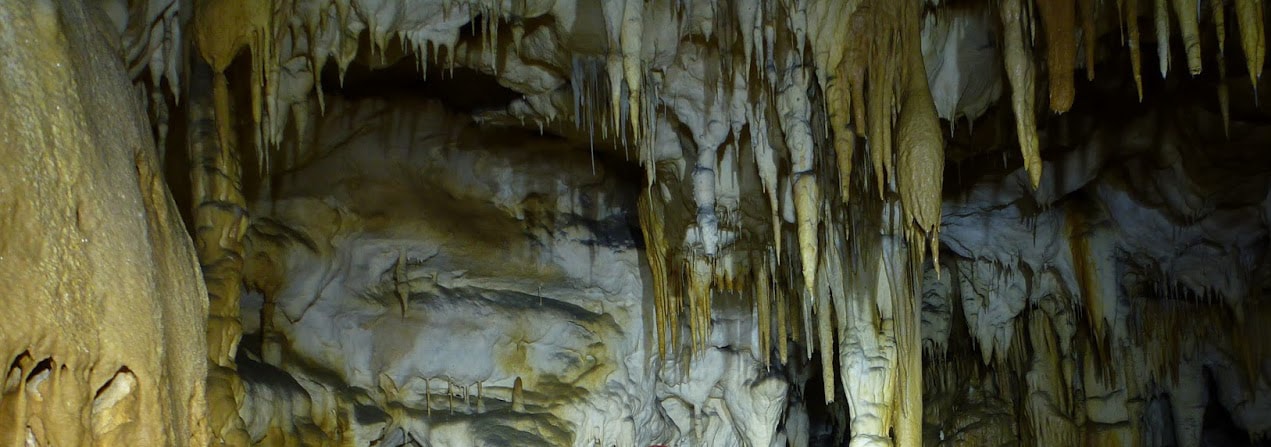
4. La Cueva de Pando: located in the town that gives it its name. Its route is circular and practically horizontal. It is full of stalagmites and stalagtites. It is also perfect for children and beginners.
5. The Cave of Santibaña or cheese, to reach this cave, start the route PR-PNPE.13, well signposted and part of Cain, passing through Cain de Arriba. This cave has a great ethnographic value, since it was used by the neighbors to cure their cheeses.

The deepest caves in Picos de Europa
On the Leonese slope, the deepest ones are: Torca de la Palanca-Torca Magali, pozo del Madejuno and Sima La Monda are the three Leonese caves deeper than 1,000 meters.
Whether you have never been caving before or you love it, the Picos de Europa are ideal to practice it. Put yourself in the hands of our professional guides and you will enjoy a safe and unique experience.

[button title=”Book your experience” titlecolor=”#ffffff” textalign=”left” url=”https://forms.gle/vpuGxuMsyzpWfiKC8″ bgcolor=”#007cb3″ align=”center” fonticon=”fa-calendar”]
[rule type=”basic”]

Hello there, just became aware of your blog through Google, and
found that it’s truly informative. I am going to
watch out for brussels. I’ll be grateful if
you continue this in future. Numerous people will be benefited from your writing.
Cheers! Najlepsze escape roomy
You have observed very interesting points! ps decent site..
You absolutely know how to keep your readers interest with your witty thoughts on that topic. I was looking for additional resources, and I am glad I came across your site. Feel free to check my website Webemail24 about Bitcoin.
Informative articles, excellent work site admin! If you’d like more information about Online Dating, drop by my site at Seoranko Cheers to creating useful content on the web!
This blog was… how do I say it? Relevant!! Finally I have found something that helped me. Thanks.
An outstanding share! I’ve just forwarded this onto a friend who was conducting a little homework on this. And he in fact bought me breakfast due to the fact that I stumbled upon it for him… lol. So allow me to reword this…. Thank YOU for the meal!! But yeah, thanx for spending some time to talk about this issue here on your internet site.
Can I simply say what a relief to find a person that actually understands what they are discussing on the internet. You actually know how to bring an issue to light and make it important. More and more people need to check this out and understand this side of the story. I was surprised that you aren’t more popular given that you certainly possess the gift.
I wanted to thank you for this great read!! I absolutely enjoyed every bit of it. I have got you bookmarked to check out new stuff you post…
I was able to find good information from youyr blog
articles. https://odessaforum.biz.ua/